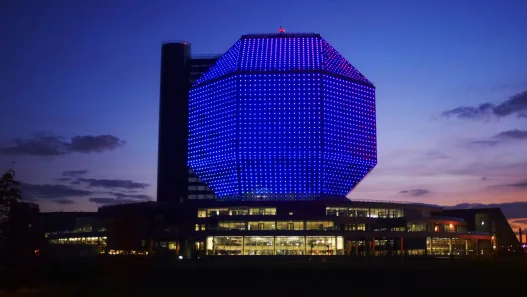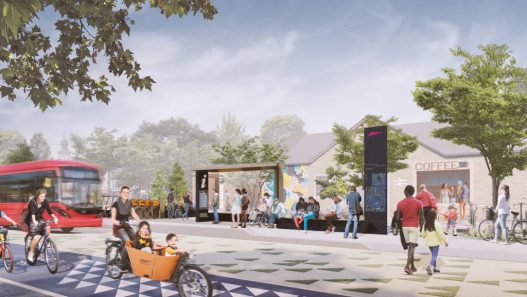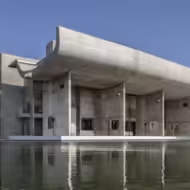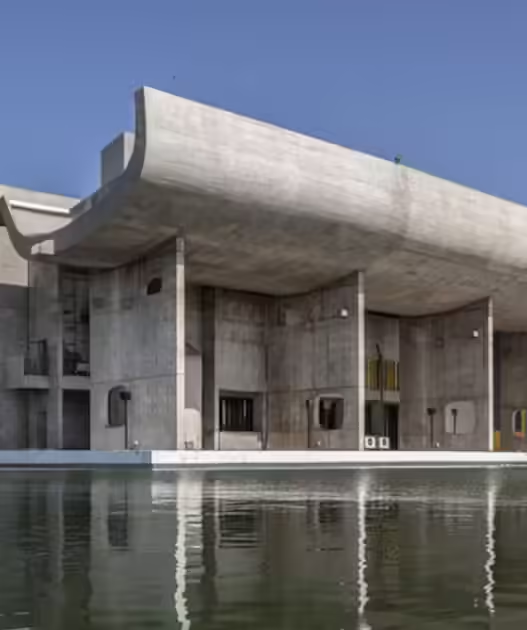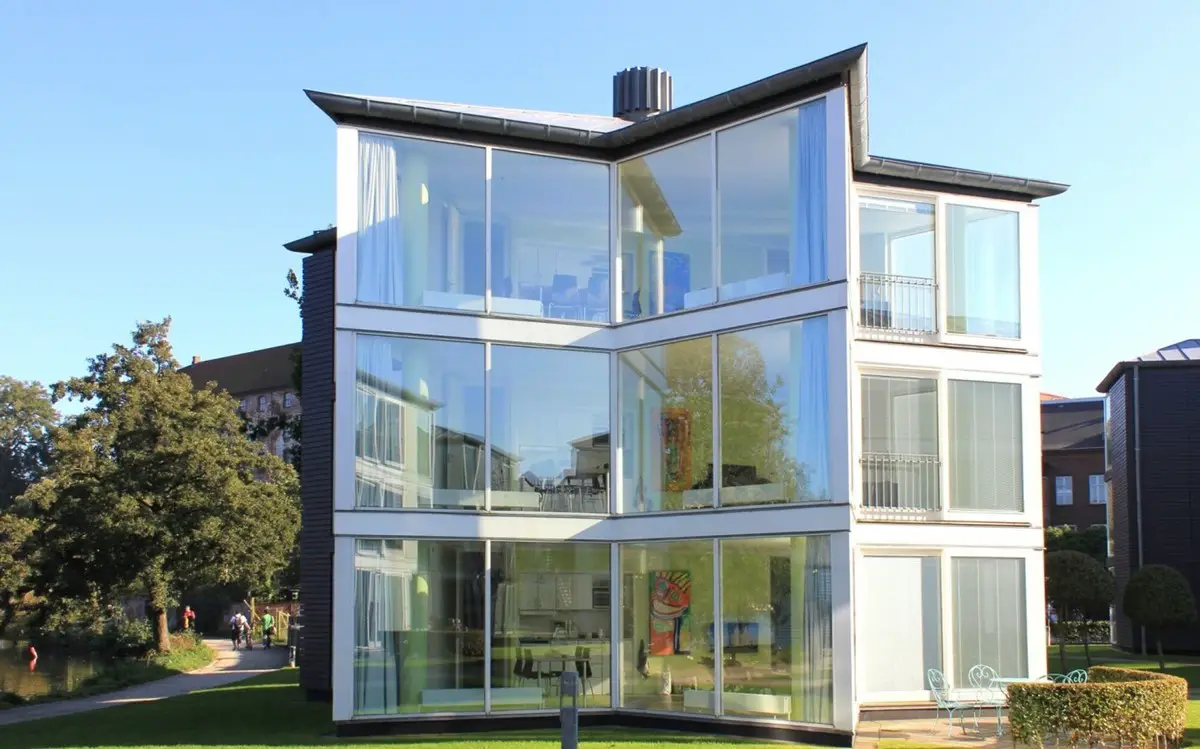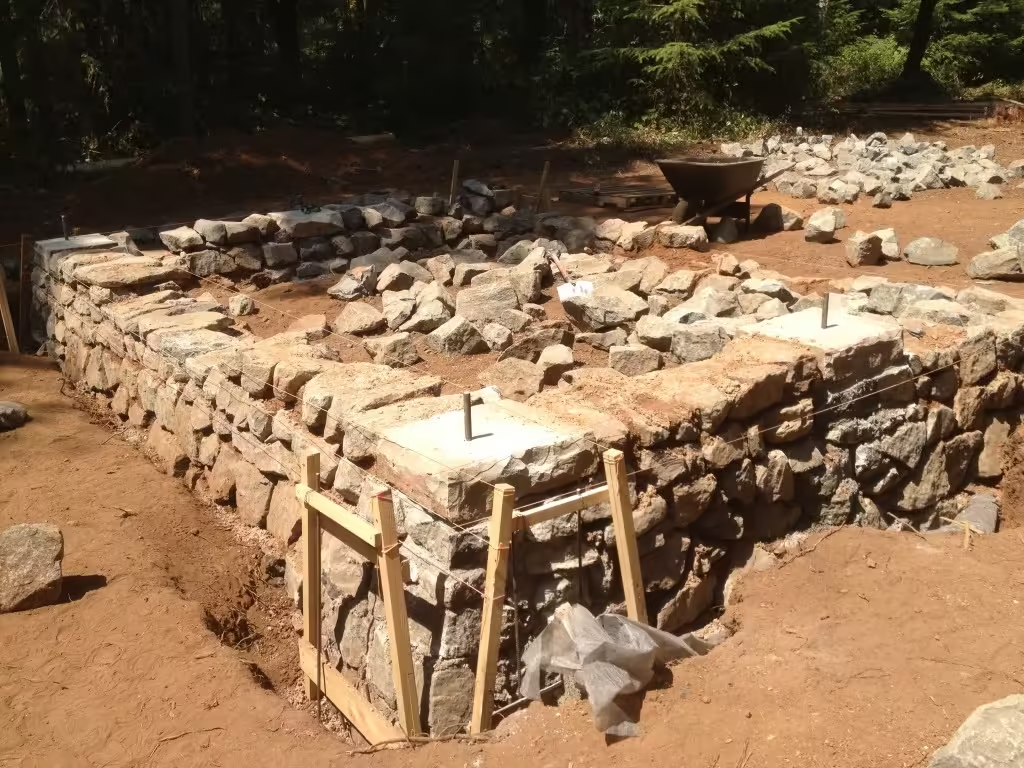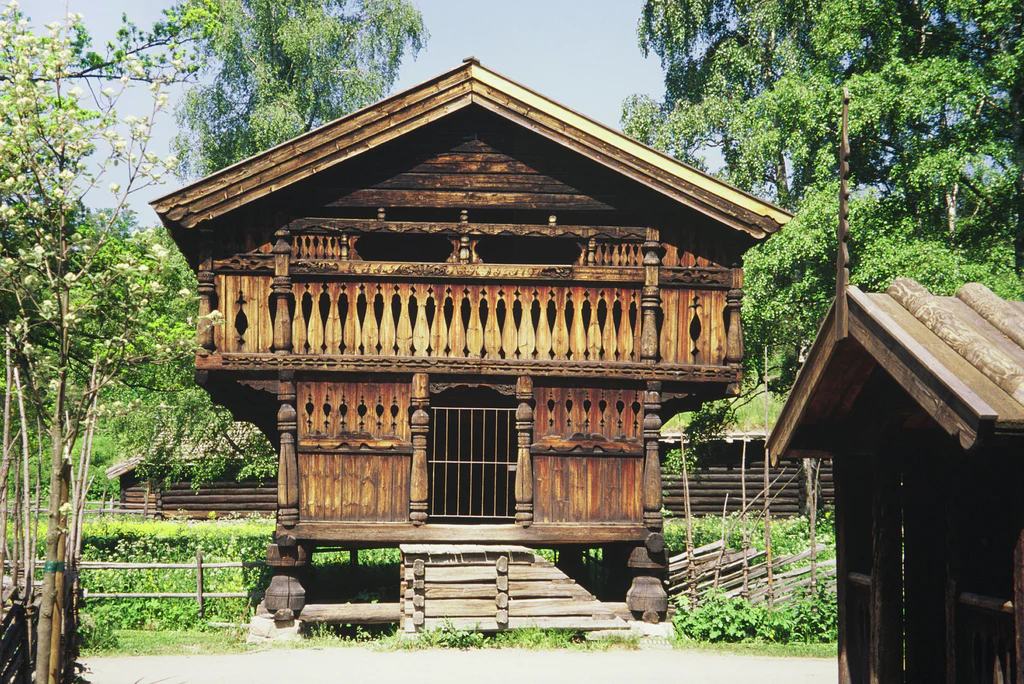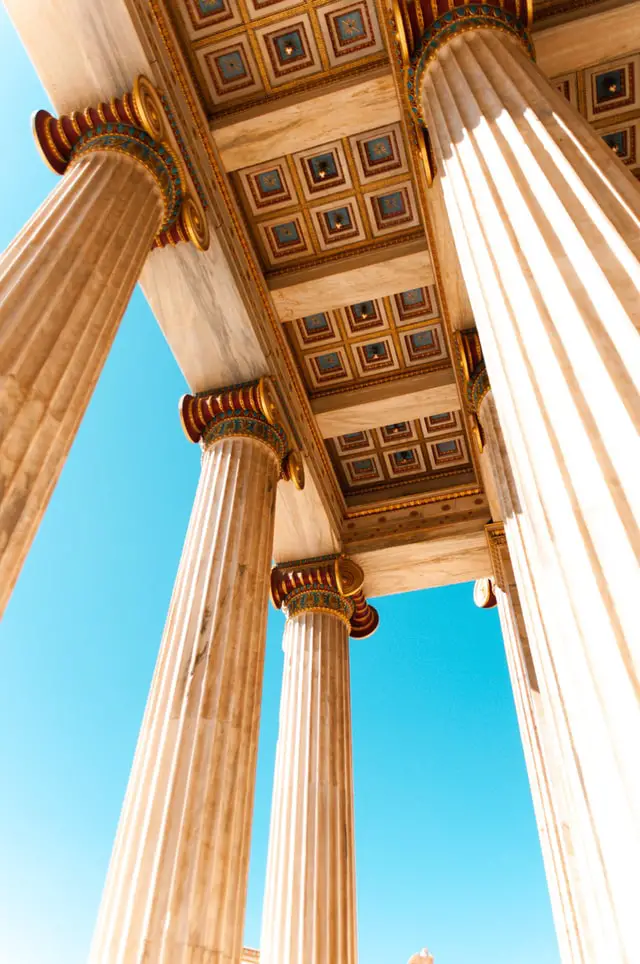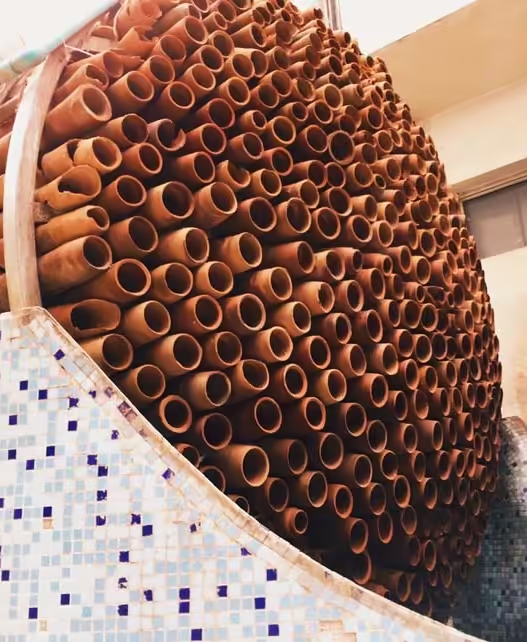A humble yet enduring building material, brick has played an important role in shaping the world’s architectural landscape for thousands of years. From ancient civilizations to modern metropolises, brick has stood the test of time as a testament to its durability, versatility and aesthetic appeal.
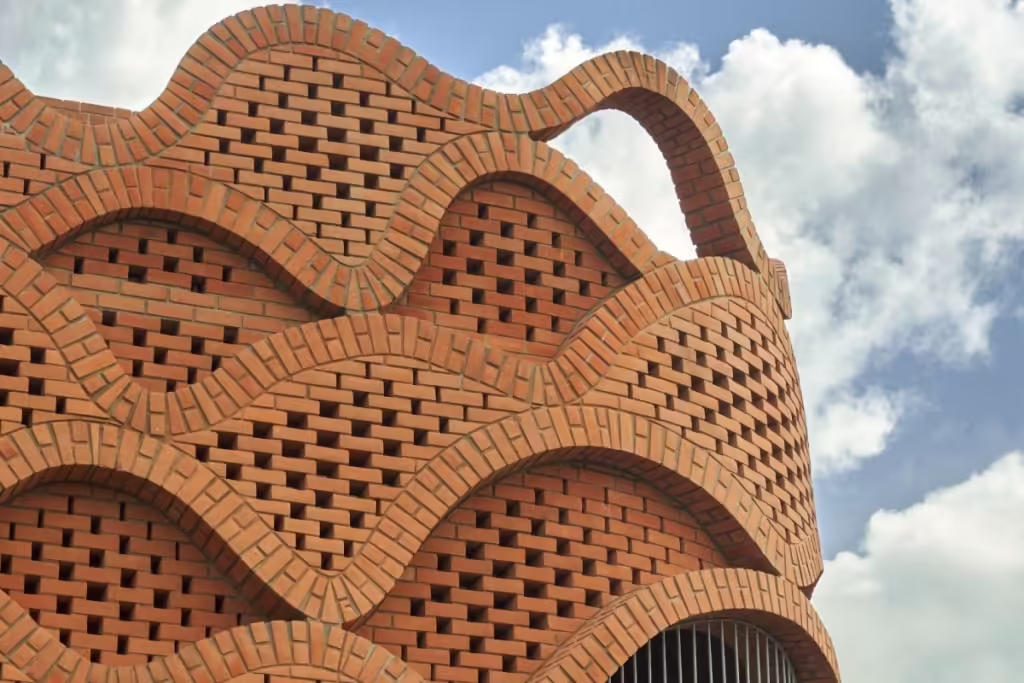
Defining Brick: Composition and Varieties
Brick is a versatile building material composed of clay, sand and water that is mixed, molded and fired in a kiln to achieve its characteristic hardness and durability.
- Clay Composition: The type of clay used determines the color and properties of the brick. Red bricks are made from iron-rich clay, while yellow bricks are made from clay with a higher silica content.
- Types of Bricks: Bricks come in a wide variety of sizes, shapes and textures, offering architects and builders a diverse palette for creative expression. Common types include standard bricks, facing bricks, engineered bricks and decorative bricks.
- Brick Properties: Bricks are known for their strength, durability, fire resistance and thermal insulation properties, making them a reliable and sustainable building material.
Historical Context: Evolution of Brick Construction Techniques
The history of brick making is as old as civilization itself, with evidence of brick making dating back to ancient Mesopotamia and Egypt.
- Ancient Brick Making: Early brick-making techniques involved sun-drying clay bricks, which were often used to build walls and structures.
- Kiln Technology: The invention of the kiln revolutionized brick making, allowing stronger and more durable bricks to be produced through the firing process.
- Modern Brick Making: Modern brick making techniques use advanced machinery and automation to produce bricks of consistent quality and efficiency.
The Cultural Importance of Brick: A Symbol of Durability and Tradition
Brick has become a symbol of durability, tradition and craftsmanship, often associated with historic buildings and structures.
- Architectural Heritage: Brick buildings are a testament to the enduring legacy of architectural heritage and showcase the craftsmanship and creativity of past generations.
- Cultural Identity: Brick buildings often reflect the cultural identity of a region or community, contributing to a sense of place and belonging.
- Aesthetic Appeal: Brick’s warm, earthy tones and textured surfaces create a timeless and inviting aesthetic, adding character and charm to buildings.
Understanding the Relationship between Brick and Urban Development
Brick has played an important role in shaping urban landscapes, contributing to the growth and development of cities worldwide.
- Urban Density: The durability and affordability of brick has made it a popular choice for the construction of high-density residential and commercial structures, contributing to the growth of urban centers.
- Architectural Diversity: The versatility of brick allows for a wide range of architectural styles that contribute to the diversity and character of urban landscapes.
- Sustainable Construction: Brick is a sustainable building material as it is readily available, durable and often recyclable, encouraging environmentally responsible construction practices.
Global Trends: The Continuing Importance of Brick in Contemporary Architecture
Despite the emergence of new building materials, brick remains a current and popular choice in contemporary architecture.
- Modern Brick Designs: Architects are exploring innovative ways to use brick, using modern designs and textures to create contemporary structures.
- Sustainability Focus: The focus on sustainable construction practices has led to renewed interest in brick as it is a durable, recyclable and energy-efficient material.
- Global Appeal: Brick continues to be a popular building material worldwide, reflecting its versatility, durability and aesthetic appeal.
A timeless and enduring building material, brick continues to play a vital role in shaping the built environment, offering a blend of tradition, sustainability and aesthetic appeal. Looking to the future of architecture, brick remains the cornerstone of sustainable and innovative design and remains relevant in the ever-evolving urban landscape.
Historical Uses of Brick in Urban Architecture
A material as old as civilization itself, brick has played an important role in shaping the urban landscapes we see today. Its enduring presence in architecture across cultures and eras speaks volumes about its versatility, durability and aesthetic appeal.
Ancient Practices: The Role of Brick in Early Urban Settlements
The first uses of brick date back to ancient civilizations where it served as a basic building material for urban settlements.
- Mesopotamia: The ancient city of Ur, dating to 3000 BC, has impressive brick ziggurats and temples that showcase the early mastery of brick construction.
- Egypt: Egyptians used sun-dried adobe bricks to build pyramids, tombs and other monumental structures, demonstrating the adaptability and durability of the material.
- Roman Empire: The Romans perfected the art of brickmaking, using fired bricks to build aqueducts, baths and other infrastructure projects that still stand today.
Regional Variations: Differences in Brick Use Across Cultures
The use of brick has varied across different cultures and regions, reflecting local traditions, available resources and architectural styles.
- China: The Great Wall of China, a monumental feat of engineering, is built primarily of brick, demonstrating the strength and flexibility of the material.
- India: Brick temples and palaces adorned with intricate carvings and decorative elements demonstrate the artistic potential of brick architecture.
- Europe: Brick architecture flourished in Europe and different regional styles emerged, such as Flemish Renaissance brickwork and English half-timbered houses.
The Industrial Revolution: The Transformation of Brick Production and Use
The Industrial Revolution brought significant changes in the production and use of bricks, leading to increased efficiency and widespread use.
- Mechanized Production: The invention of machines for brick making led to mass production, making bricks more affordable and accessible.
- Urban Expansion: The rapid growth of cities during the Industrial Revolution increased the demand for brick as it was used to build factories, warehouses and housing for the growing population.
- Architectural Styles: Brick became a dominant material in industrial architecture, influencing the development of new architectural styles such as the Victorian and Art Deco movements.
Iconic Examples: Important Brick Buildings Throughout History
Throughout history, brick has been used in the construction of some of the world’s most iconic buildings, demonstrating its enduring appeal and architectural versatility.
- Taj Mahal, India: Built in the 17th century, this magnificent mausoleum is a testament to the beauty and splendor of brick architecture.
- Colosseum, Rome: Built in the 1st century AD, this ancient amphitheater stands as a symbol of Roman engineering skill and the enduring power of brick.
- Empire State Building, New York: Built in the 1930s, this Art Deco skyscraper showcases the use of brick in modern architecture, emphasizing its adaptability to contemporary design.
Case Studies: Historic Buildings and Brick Properties
Studying historical buildings provides valuable insights into how brick has been used in different ways throughout history.
- Forbidden City, China: Built in the 15th century, this vast palace complex features intricate brickwork, decorative elements and a unique architectural style.
- Houses of Parliament, London: Built in the 19th century, this iconic building showcases the use of brick in Gothic Revival architecture with its intricate details and soaring towers.
- Red Fort, Delhi: Built in the 17th century, this Mughal-era fort features massive brick walls, intricate passageways and a mix of architectural styles.
These case studies demonstrate the versatility and adaptability of brick as a building material and highlight its enduring role in shaping the urban landscape throughout history.
Architectural Benefits of Brick
A timeless material, brick offers a range of architectural benefits that make it a valuable choice for building construction. From its durability and thermal properties to its aesthetic versatility, brick remains a cornerstone of sustainable and innovative design.
Durability Longevity and Maintenance of Brick Structures
Brick is renowned for its exceptional durability, offering a long service life and minimal maintenance requirements.
- Weather Resistance: Brick is highly resistant to weather conditions, including rain, snow and extreme temperatures, ensuring its longevity and structural integrity.
- Fire Resistance: Brick is a non-combustible material, providing excellent fire resistance and contributing to building safety.
- Low Maintenance: Brick requires minimal maintenance, reducing ongoing costs and ensuring a long-lasting investment.
Thermal Mass: Improving Energy Efficiency in Urban Buildings
Brick has excellent thermal mass, meaning it can absorb and store heat, which contributes to energy efficiency in buildings.
- Temperature Regulation: Brick walls help regulate indoor temperatures, reducing the need for excessive heating or cooling and leading to lower energy consumption.
- Passive Cooling: In hot weather, brick walls absorb heat during the day and slowly release it at night, providing a cooling effect.
- Sustainable Design: The thermal properties of brick contribute to sustainable design practices by reducing dependence on artificial heating and cooling systems.
Acoustic Properties: Sound Insulation Benefits of Brick
Brick walls offer excellent sound insulation, creating a quieter and more comfortable living or working environment.
- Noise Reduction: The dense structure of brick effectively absorbs and reduces noise transmission, thus minimizing noise pollution from external sources.
- Increased Privacy: Brick walls provide a sense of privacy and seclusion, creating a peaceful and tranquil atmosphere in buildings.
- Acoustic Design: Brick can be used in acoustic design to create special sound environments such as concert halls or recording studios.
Aesthetic Versatility: The Visual Appeal of Brick in Design
Brick offers a wide range of aesthetic possibilities, allowing architects and designers to create visually appealing and unique structures.
- Color and Texture: Brick comes in a variety of colors and textures offering a diverse palette for creative expression.
- Pattern and Layering: Brick can be laid in different patterns and layers to create visual interest and architectural detail.
- Modern and Traditional Designs: Brick can be used in both modern and traditional architectural styles, adapting to a wide range of design aesthetics.
Brick remains a valued and versatile building material for its enduring durability, thermal properties, acoustic benefits and aesthetic versatility. Its ability to increase energy efficiency, create comfortable living spaces and contribute to sustainable design practices makes it a cornerstone of modern architecture.
A material deeply rooted in history, brick is experiencing a resurgence in popularity due to its environmental benefits. As we strive for more sustainable building practices, brick is emerging as a responsible and eco-friendly choice.
Sustainability: Low Environmental Impact of Brick Production
Brick production, when done responsibly, has a relatively low environmental impact compared to other building materials.
- Natural Resources: Brick is made primarily from clay, a readily available natural resource, minimizing the need to extract scarce materials.
- Energy Efficiency: Modern brick manufacturing processes are becoming increasingly energy efficient, reducing the carbon footprint associated with production.
- Durability: The exceptional durability of brick means less renovation is required over time, reducing the overall environmental impact of construction.
Recyclability: The Potential for Reuse of Brick in Construction
Brick is highly recyclable and offers a valuable resource for sustainable construction practices.
- Demolition and Reuse: Demolished brick can be salvaged and reused in new construction projects, reducing the need for new materials.
- Crushing and Aggregates: Crushed brick can be used as aggregate in concrete and other building materials, extending its useful life and reducing waste.
- Green Building Practices: The use of recycled bricks is in line with green building principles and promotes sustainable construction practices.
Energy Efficiency: The Role of Brick in Reducing Energy Consumption
The thermal properties of brick contribute to energy efficiency in buildings, reducing reliance on artificial heating and cooling systems.
- Thermal Mass: Brick’s ability to absorb and store heat helps regulate indoor temperatures, minimizing energy consumption for heating and cooling.
- Passive Cooling: Brick walls can absorb heat during the day and slowly release it at night, providing a natural cooling effect.
- Reduced Energy Demand: By reducing the need for artificial climate control, brick contributes to lower energy consumption and a smaller carbon footprint.
Natural Materials: The Benefits of Using Clay and Soil in Brick Making
The brick’s reliance on natural materials, clay and earth, is in line with sustainable building practices.
- Renewable Resources: Clay and soil are renewable resources, minimizing dependence on finite resources.
- Biodegradable: Brick is biodegradable, meaning it can decompose naturally over time, reducing the amount of waste in landfills.
- Reduced Environmental Impact: Using natural materials reduces the environmental impact associated with the extraction and processing of synthetic materials.
Design Considerations for Brick in Urban Environments
A versatile and enduring material, brick requires careful consideration in urban design to ensure its structural integrity, aesthetic appeal and compatibility with its surroundings.
Structural Integrity: Evaluating the Strength and Load Bearing Capacity of Brick
The strength and load carrying capacity of brick are very important factors in ensuring the structural integrity of buildings.
- Brick Type: Different brick types have different strengths and load-bearing capacities that require careful selection based on the intended use and structural requirements.
- Mortar Strength: The strength of the mortar used to bond the bricks together is critical to structural integrity and affects the overall load carrying capacity of the wall.
- Wall Thickness: The thickness of brick walls is determined by the structural loads they must support to ensure stability and safety.
- Engineering Expertise: Consulting structural engineers is essential to ensure that brick structures comply with building codes and safety standards.
Integration with Other Materials: Hybrid Approaches in Urban Design
Brick can be effectively integrated with other materials to create innovative and sustainable urban designs.
- Steel and Concrete: Brick can be combined with steel and concrete to create hybrid structures that offer strength, durability and aesthetic appeal.
- Glass and Wood: Brick can be used in combination with glass and wood to create visually striking and energy-efficient buildings.
- Green Roofs: Brick walls can be integrated with green roofs to increase sustainability and create a more livable urban environment.
Building Codes and Regulations: Navigating Legal Frameworks for Brick Buildings
Building codes and regulations often set requirements for brick structures, ensuring safety and compliance.
- Fire Safety: The fire-resistant properties of brick are often considered in building codes and require specific fire-rated materials and construction techniques.
- Seismic Resistance: In earthquake-prone areas, building codes may require special strengthening techniques to ensure the stability of brick structures.
- Accessibility: Building codes may specify accessibility requirements to ensure that brick structures are accessible to people with disabilities.
Community Engagement: Incorporating Local Practices into Brick Design
Involving local communities in brick design can enhance the sense of place and cultural identity of urban areas.
- Traditional Techniques: Preserving and incorporating traditional bricklaying techniques can contribute to a community’s cultural heritage.
- Local Materials: Using locally sourced bricks can reduce transportation costs and support local industries.
- Community Workshops: Organizing workshops and educational programs can encourage community participation and appreciation of brick architecture.
By carefully considering these design considerations, architects and builders can create structurally sound, aesthetically pleasing and environmentally sensitive brick structures and contribute to the vibrant and sustainable development of urban environments.
The Future of Brick in Urban Architecture
A material steeped in history, brick is poised for a vibrant future in urban architecture. Its enduring qualities, combined with ongoing innovation and a renewed focus on sustainability, position brick as a key player in shaping the cities of tomorrow.
Emerging Trends: Innovations in Brick Technology and Design
The world of brick is constantly evolving with new technologies and design approaches pushing the boundaries of what is possible.
- 3D Printing: 3D printing technology is revolutionizing brick production, enabling complex shapes, intricate designs and customized textures.
- Lightweight Bricks: Advances in materials science have led to the development of lighter and more durable bricks, reducing structural loads and expanding design possibilities.
- Sustainable Brick Production: Innovations in brick production focus on reducing energy consumption, minimizing waste and using recycled materials.
- Bio-Based Bricks: Research is exploring the use of bio-based materials such as agricultural waste to create sustainable and environmentally friendly bricks.
Integration with Modern Architecture: The Role of Brick in Contemporary Urban Design
Brick blends seamlessly with modern architectural styles and technologies, finding its place in contemporary urban design.
- Minimalist Aesthetic: The clean lines and simple forms of brick complement minimalist design principles, creating a sense of elegance and sophistication.
- Sustainable Design: The thermal properties, durability and recyclability of brick align with sustainable design principles that promote energy efficiency and environmental responsibility.
- Adaptive Reuse: The versatility of brick allows for adaptive reuse of existing brick structures, preserving architectural heritage and promoting sustainable urban development.
- Innovative Facades: Architects are exploring innovative ways to use brick in facades, creating dynamic and visually striking designs.
Global Perspectives: The Influence of Brick on International Architectural Practice
The enduring appeal of brick transcends borders, influencing architectural practices worldwide.
- Regional Variations: Different regions have developed unique brick laying techniques and architectural styles that reflect local traditions and cultural influences.
- International Collaboration: Architects and designers collaborate across borders to share knowledge and expertise, fostering innovation and cross-cultural exchange in brick architecture.
- Global Sustainability: The use of brick in sustainable construction practices is gaining momentum worldwide, contributing to a more environmentally responsible built environment.
Resilience and Adaptation: Preparing Brick Buildings for Climate Change
The natural flexibility and adaptability of brick makes it well suited to address the challenges of climate change.
- Thermal Regulation: The thermal mass of brick helps regulate indoor temperatures, reducing the need for excessive heating and cooling and mitigating the effects of extreme weather events.
- Water Management: Brick structures can be designed to manage stormwater runoff, reduce flooding and erosion, and promote sustainable water management.
- Seismic Resistance: Brick structures can be designed to withstand seismic activity, ensuring their resilience in earthquake-prone areas.
Conclusion: The Enduring Versatility of Brick in Shaping Urban Environments
A material that has shaped cities for thousands of years, brick continues to hold enormous potential for the future of urban architecture. Its versatility, durability and sustainability make it a valuable asset in creating vibrant, resilient and sustainable urban environments.
As we move towards the challenges and opportunities of the 21st century, brick is poised to play a vital role in shaping the cities of tomorrow. Its enduring heritage, combined with ongoing innovation and a renewed focus on sustainability, ensures that brick will continue to be the cornerstone of urban design for generations to come.




